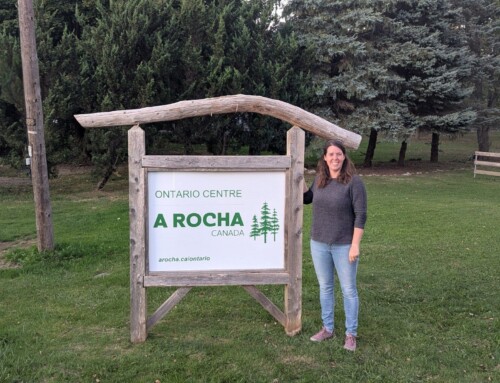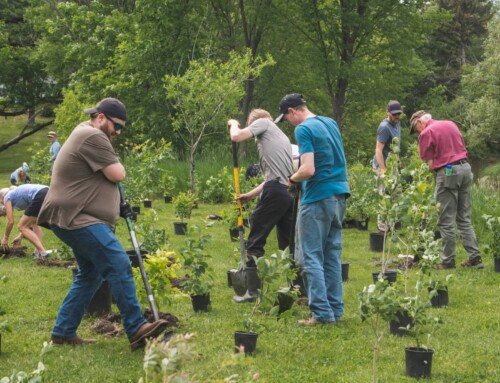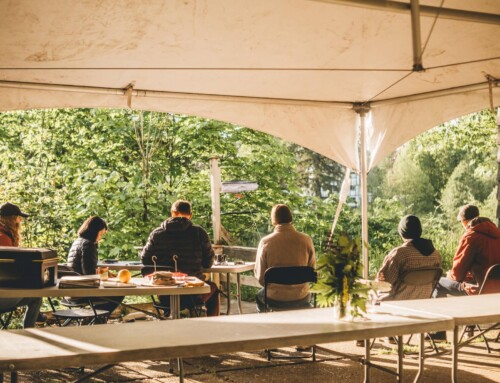By Peter Scholtens
Bluebirds are small, bright blue songbirds, part of the thrush family, the same family as our robins.
Bluebirds used to nest across southern Ontario. They used old woodpecker holes in cedar fence posts. However, in the 50s and 60s they became endanged because farming practices changed. In 1972, the North American Bluebird Society encouraged people to put up bluebird boxes. Because of people putting up blue bird boxes, the blue bird population has increased to 60,000 in Ontario presently. They are now off the endangered species list.
There are a number of people in southern Ontario who have made the installation and maintenance of bluebird boxes into a hobby. They have learned over the years what works and what doesn’t. The bird boxes need to have an opening one and a half inches in diameter. They should preferably be attached to a greased metal pole, as this discourages predators. Boxes should be constructed fairly close to a line of trees. Nestlings will fly and feed themselves when about 19 days old, but they must have a tree close enough for them to fly to safely. If they fall to the ground they will not be able to fly upwards at first and become easy prey to predators.
This past spring I had the pleasure and privilege of being involved in a couple of bluebird house installation projects.
The first event was a community event. We made arrangements with Crieff Hills Community, a Christian retreat centre between Hamilton and Guelph, to install a dozen bluebird houses. A local woodworker put together the birdhouses for us and 15 people came out to help us with the installation. It was a beautiful day, and we had a great time enjoying creation, helping a fellow species, and enjoying each other’s company.

The second bluebird house installation was on a property near Freelton, Ontario. We worked with a shop class from Hamilton District Christian Highschool. They built 30 bluebird houses in class and came out to help us install them. It was a cold and blustery day, but the students worked hard and had all the birdhouses installed in just a couple of hours.
The students installed about a dozen of the birdhouses close together in the hopes of creating a small “tree swallow town” near a pond on the property.
Yesterday, less than two weeks after the installation, I visited the property. There were tree swallows sitting on these houses already, a good sign that the birds have adopted the birdhouses as their homes for this season. I could also hear a bluebird calling on the property.
So what do bluebirds (and tree swallows) need from humans? They need birdhouses to raise their young. And it looks like the work we are doing is making a difference already!






